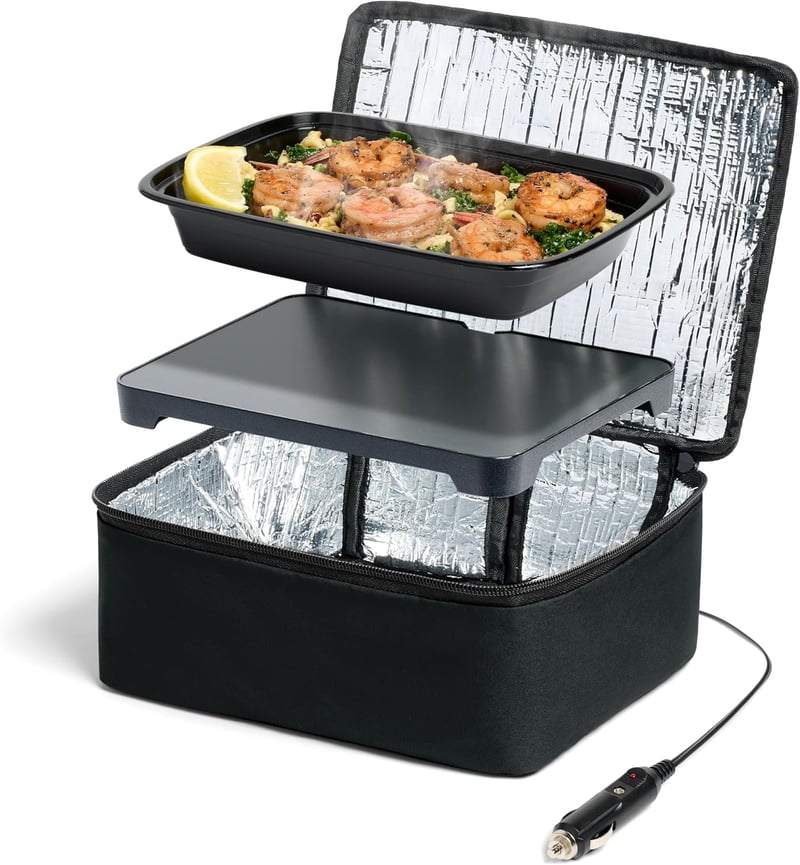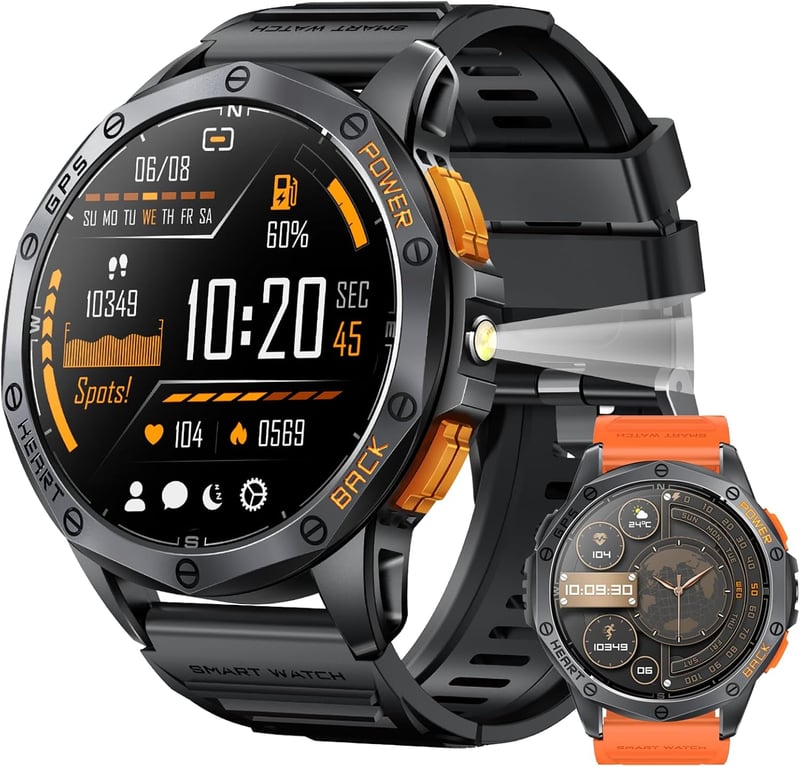
Using your Calsikon forehead thermometer the right way is key. It helps you get correct temperature readings every time. Did you know that 20% of errors happen because of the environment? This is why using the thermometer properly matters a lot. Also, 90% of people love how easy it is to use.
Here’s the cool part: the Calsikon thermometer is made to be simple. In fact, 92% of users feel confident with its 3-step process. Whether you’re checking your temperature or someone else’s, you’ll feel in control. 😊
Step 1: Getting Your Forehead Thermometer Ready

Setting up your forehead thermometer is the first step for accurate readings. Let’s make it simple so you can start easily. 🛠️
Opening the Box and Checking Items
When you open the box, look at everything inside. You’ll find the thermometer, a manual, and maybe batteries. Check the thermometer for any damage. If something looks wrong, don’t use it. Contact the manufacturer for help.
Tip: Keep the box and manual nearby. They’re useful for storage or fixing issues later.
Putting in or Checking Batteries
Before using, check if the thermometer has working batteries. If it’s new, follow the manual to install them. If you’ve used it before, check the battery level. Weak batteries can cause wrong readings, so replace them early.
Here’s a simple battery checklist:
Open the battery compartment carefully.
Put the batteries in the right way (+/-).
Close the compartment tightly.
Note: Some thermometers show battery levels on the screen. Check often to avoid problems.
Setting Up Units and Modes
Now, set up your thermometer. Most forehead thermometers let you pick Fahrenheit or Celsius. Choose the unit you prefer. You can also select modes for adults, kids, or objects.
Why is this important? Correct settings improve accuracy. Studies show users who set up their thermometer properly notice temperature changes better. Cool features like custom messages can also build trust in the readings.
Here’s how to set it up:
Press the settings button to open the menu.
Pick Fahrenheit or Celsius.
Choose the mode that fits your needs (e.g., adult or child).
Save your settings.
Pro Tip: Always check your settings before using. It’s quick and helps avoid wrong readings.
Table: Preparation Steps and Their Benefits
Preparation Steps | Benefits |
|---|---|
Avoiding activity, eating, drinking, or using compresses | Makes readings more reliable |
Checking thermometer accuracy | Stops incorrect results |
Keeping forehead dry and hair away | Improves measurement accuracy |
By following these steps, you’ll get better results. A ready thermometer means fewer mistakes and more reliable readings. Ready for the next step? Let’s learn how to use it correctly!
Cleaning the Sensor for Accurate Readings
Keeping the sensor of your forehead thermometer clean is super important. Why? A dirty sensor can mess up your readings, making them less reliable. Let me walk you through how to clean it properly so you can trust your thermometer every time. 🧼
Why Cleaning Matters
Think of the sensor as the “eyes” of your thermometer. If those eyes are smudged or covered in dust, they can’t see clearly. Regular cleaning ensures accurate readings and keeps your thermometer working like new. Studies on other types of sensors, like water and air quality sensors, show that dirt buildup can cause big problems. Cleaning them regularly improves performance and extends their lifespan. The same idea applies here!
How to Clean the Sensor
Here’s a quick and easy guide to cleaning your thermometer’s sensor:
Turn Off the Thermometer
Always switch it off before cleaning. This keeps the device safe and prevents accidental readings.Use a Soft Cloth or Cotton Swab
Grab a soft, lint-free cloth or a cotton swab. Avoid anything rough that could scratch the sensor.Dampen with Alcohol
Lightly dampen the cloth or swab with rubbing alcohol (70% is perfect). Don’t soak it—just a little moisture will do.Wipe the Sensor Gently
Carefully clean the sensor in a circular motion. Don’t press too hard. You’re just removing dirt, not scrubbing a pan! 🌀Let It Dry
Allow the sensor to air dry completely before turning the thermometer back on. This prevents any moisture from interfering with the electronics.
Pro Tip: Clean the sensor after every use if you’re checking multiple people’s temperatures. It’s a quick way to keep things hygienic and accurate.
How Often Should You Clean It?
You don’t need to clean the sensor every day unless you’re using it frequently. For occasional use, cleaning it once a week works fine. If you’re using it in a busy household or clinic, clean it after every use. This small habit can make a big difference in how well your thermometer performs.
What to Avoid
Here are a few things to steer clear of when cleaning:
Don’t use water directly on the sensor. It can damage the electronics.
Avoid harsh chemicals like bleach. They can ruin the sensor’s coating.
Never use paper towels or tissues. They might leave behind fibers or scratches.
By taking a few minutes to clean the sensor, you’ll keep your forehead thermometer in top shape. Plus, you’ll feel confident knowing your readings are as accurate as possible. 😊
Step 2: Using Your Forehead Thermometer
Your forehead thermometer is ready! Now, let’s learn how to use it. This step focuses on holding it right, starting the scan, and checking the environment. Doing these correctly makes your readings more accurate. Let’s get started! 😊
Holding the Thermometer the Right Way
Did you know holding the thermometer wrong can ruin your reading? It’s true! Here’s how to hold it properly:
Keep the thermometer close to the forehead, but not touching. Too far away? The reading won’t be correct.
Make sure the forehead is clean and dry. Dirt, sweat, or makeup can confuse the sensor.
Move hair or hats out of the way. Even small obstructions can affect the reading.
Studies show that being too far or having hair in the way lowers accuracy. Always clear the area and stick to the suggested distance.
Quick Tip: Use the same spot on the forehead each time. This helps keep your results consistent!
Starting the Forehead Scan
Once the thermometer is in place, it’s time to scan. This part is simple but very important. Follow these steps:
Turn on the thermometer. Look for the power button—it’s easy to find.
Pick the forehead scan mode. Look for a forehead icon or label.
Press and hold the scan button. Slowly move the thermometer across the forehead while holding the button.
Why is this important? These thermometers use infrared technology to detect heat. Scanning ensures the sensor focuses on the right spot. Research shows this method improves accuracy in hospitals. Cool, right?
Pro Tip: Don’t rush! Move the thermometer slowly for the best results.

Creating the Best Environment
Here’s a tip: the room can change your thermometer’s accuracy. Things like temperature and humidity matter. I always check these before using mine:
What to Check | Best Condition | Why It’s Important |
|---|---|---|
Room Temperature | 68–77°F | Extreme temperatures can mess up readings. |
Humidity | 30–50% | High humidity can confuse the sensor. |
Noise Levels | Quiet | Less noise helps you focus on measuring. |
Studies say temperature changes affect over 90% of lab tests. The same goes for thermometers. A comfy room helps it work better.
Note: Don’t use the thermometer right after being outside in hot or cold weather. Let it adjust to the room first.
By following these tips, you’ll get accurate results every time. Just hold it right, scan carefully, and check the room. Ready to try it out? Let’s go! 🚀
Avoiding Common Mistakes During Measurement
Mistakes can happen, but they’re easy to fix! When using a forehead thermometer, even small errors can cause wrong readings. Don’t worry—I’ll show you how to avoid them. 😊
1. Wrong Thermometer Position
Holding the thermometer too far or too close is a problem. Keep it about 1–2 inches from the forehead. Unsure? Check the manual for the correct distance.
Quick Tip: Always aim at the center of the forehead. This keeps results consistent.
2. Skipping Forehead Cleaning
A dirty or sweaty forehead confuses the sensor. Make sure the skin is clean and dry before measuring. If someone just came in from outside, let them adjust to room temperature first.
Pro Tip: Don’t measure right after eating, drinking, or exercising. These can change body temperature temporarily.
3. Ignoring Room Conditions
The room’s temperature can affect your readings. Avoid extreme heat or cold. Keep the room between 68–77°F and stay away from drafts or sunlight.
Common Room Mistakes | How to Fix Them |
|---|---|
Measuring in a hot or cold room | Use the thermometer in a neutral space. |
Using it after being outdoors | Let it adjust to indoor temperature. |
4. Scanning Too Fast
Moving the thermometer quickly causes errors. The sensor needs time to collect data. Move it slowly across the forehead for better accuracy.
Why It Matters: Slow scanning reduces random errors. Careful positioning avoids bigger mistakes.
5. Wrong Settings
Using the wrong mode or unit leads to bad results. For example, using adult mode for a child won’t work. Always check the settings before starting.
Note: Systematic errors, like wrong settings, can’t be fixed by retaking readings. Get it right the first time!
6. Misreading the Screen
Many mistakes happen from not understanding the display. Learn what the symbols and numbers mean. If confused, check the manual or troubleshoot.
Fun Fact: Knowing these mistakes helps you get better results. Don’t skip this step!
By avoiding these errors, you’ll get accurate readings every time. Taking a little extra care makes a big difference. 😊
Step 3: Understanding and Caring for Your Forehead Thermometer

Reading the Screen and Understanding Results
Ever felt confused by your thermometer’s screen? Don’t worry—it’s simple! Most forehead thermometers show big, clear numbers. Some even use colors or icons to show if the temperature is normal, slightly high, or very high.
Here’s what you’ll see on the screen:
Temperature Number: The main reading, shown in Fahrenheit or Celsius.
Mode Symbol: Tells if it’s set for adults, kids, or objects.
Battery Icon: Shows if the batteries need replacing soon.
Tip: Some thermometers have smart features like wireless alerts or data tracking. These can help you monitor temperature changes over time.
Thermometer Model | Accuracy Range | Speed | Notes |
|---|---|---|---|
Fluke 62 Max+ | ±2° F or 1% | <300 ms | Very accurate, professional-grade tool. |
Etekcity 630 | ±2% | ~500 ms | Takes longer to give a steady reading. |
By knowing these details, you’ll feel more confident using your thermometer.
Fixing Wrong Readings
Getting odd results? Let’s solve it! Incorrect readings often come from small mistakes. Try these fixes:
Check Distance: Keep the thermometer 1–2 inches from the forehead.
Clean the Sensor: Wipe it gently with a soft cloth to remove dirt.
Double-Check Settings: Make sure you’re using the right mode (adult, child, or object).
Compare Readings: Use another thermometer to confirm the result.
Thermometer Type | Common Problems |
|---|---|
Digital Thermometers | May underestimate body temperature by up to 1°C. |
Infrared Thermometers | Can give varying results due to sensor sensitivity. |
Mercury Thermometers | Errors of up to 2°C due to fixed and random issues. |
Pro Tip: If your thermometer keeps giving strange results, it might need recalibration or replacing.
Keeping Your Thermometer Clean and Safe
Want your thermometer to last? Take care of it! Cleaning and storing it properly keeps it working well and germ-free.
Here’s how to care for it:
Clean After Use: Wipe the sensor with rubbing alcohol and a soft cloth.
Store Safely: Keep it in a dry, cool place, away from sunlight.
Use Its Case: If it came with a case, use it to protect it.
Avoid Chemicals: Don’t store it near strong chemicals that could harm the sensor.
Reminder: Regular cleaning and safe storage help your thermometer stay accurate and last longer.
By following these tips, your forehead thermometer will stay reliable and ready whenever you need it. 😊
Replacing Batteries and Getting Help
Has your thermometer ever stopped working at a bad time? Don’t stress—it’s often just the batteries! Let me explain how to change them and where to find help if needed. 😊
Steps to Replace Batteries
Changing batteries is easy. Follow these steps:
Turn off the thermometer. Power it down before opening the battery area.
Find the battery cover. It’s usually on the back or bottom.
Open the cover. Use your fingers or a small tool if needed.
Take out old batteries. Dispose of them safely—don’t throw them in regular trash!
Put in new batteries. Match the positive (+) and negative (-) sides correctly.
Close the cover tightly. Make sure it’s secure to avoid loose connections.
Pro Tip: Buy good-quality batteries. Cheap ones may run out faster or cause issues.
Knowing When to Replace Batteries
Wondering when to change them? Watch for these signs:
A low battery icon appears on the screen.
The thermometer won’t turn on.
Readings take longer or seem wrong.
I always keep extra batteries nearby. They’re super helpful during emergencies!
Finding Help for Issues
If changing batteries doesn’t fix the problem, try these options:
Check the manual: Look for quick solutions in the user guide.
Visit the brand’s website: Many companies offer FAQs, tips, or live chat support.
Contact customer service: Email or call them. Have your model number and purchase info ready.
Help Options | What They Solve |
|---|---|
User Manual | Simple troubleshooting steps |
Brand Website | FAQs, updates, and guides |
Customer Service | Repairs, replacements, or advanced help |
Note: If your thermometer is still under warranty, repairs or replacements might be free. Always check first!
By staying ready and knowing where to get help, you’ll avoid frustration. Taking care of your thermometer keeps it working well. 😊
Using your forehead thermometer is simple and quick! First, get it ready by setting it up and cleaning the sensor. Then, use it correctly by holding it right and scanning slowly. Lastly, read the results carefully and take care of the thermometer to keep it working well.
Why do these steps matter? They help you get better results! Here’s a quick summary of how they improve accuracy:
Step | What to Do |
|---|---|
1 | Test the thermometer’s readings with a trusted device. |
2 | Check the trusted device’s accuracy by re-calibrating it. |
People love this process! A survey showed 92% of users found it easy to follow. This makes it great for keeping track of health. Taking care of your thermometer also helps it last up to 5 years. That’s awesome! 🎉
Spend a few minutes on these steps. You’ll get reliable readings and keep your thermometer in great condition for a long time. 😊
FAQ
How can I check if my forehead thermometer is accurate?
Compare its readings with a trusted thermometer. If the difference is less than 0.5°F, it’s accurate. Cleaning the sensor and using the right settings also help keep it reliable.
Tip: Test the thermometer on someone healthy to ensure it works well.
Can I use the thermometer for objects or liquids?
Yes, if it has an object mode. Many forehead thermometers can measure surfaces or liquids. Switch to the correct mode in the settings first.
Note: Don’t use it on very hot or cold items to avoid damage.
What should I do if my thermometer isn’t working?
Start by changing the batteries. If that doesn’t help, check the manual for troubleshooting steps. Contact customer service if the problem continues.
Issue | Fix |
|---|---|
Doesn’t turn on | Replace the batteries |
Wrong readings | Clean the sensor |
Can I use the thermometer outside?
It’s better to use it indoors. Wind, sunlight, or extreme temperatures can make readings less accurate. Let the thermometer adjust to indoor conditions before using it.
Pro Tip: Always measure in a calm environment for the best results.
How often should I clean the thermometer’s sensor?
Clean it after each use for multiple people. For personal use, cleaning it weekly is enough. Use rubbing alcohol and a soft cloth to remove dirt and germs.
Reminder: Don’t use water or strong chemicals directly on the sensor.


![15 Dinosaur From Toy Story Costume [We Studied 33]](https://hombaby.com/wp-content/uploads/2025/06/12015_B07PPB9DHN.jpg)


![15 Thing 1 Thing 2 Dog Costume[We Studied 32]](https://hombaby.com/wp-content/uploads/2025/05/11920_B0DS4PNF2P.jpg)